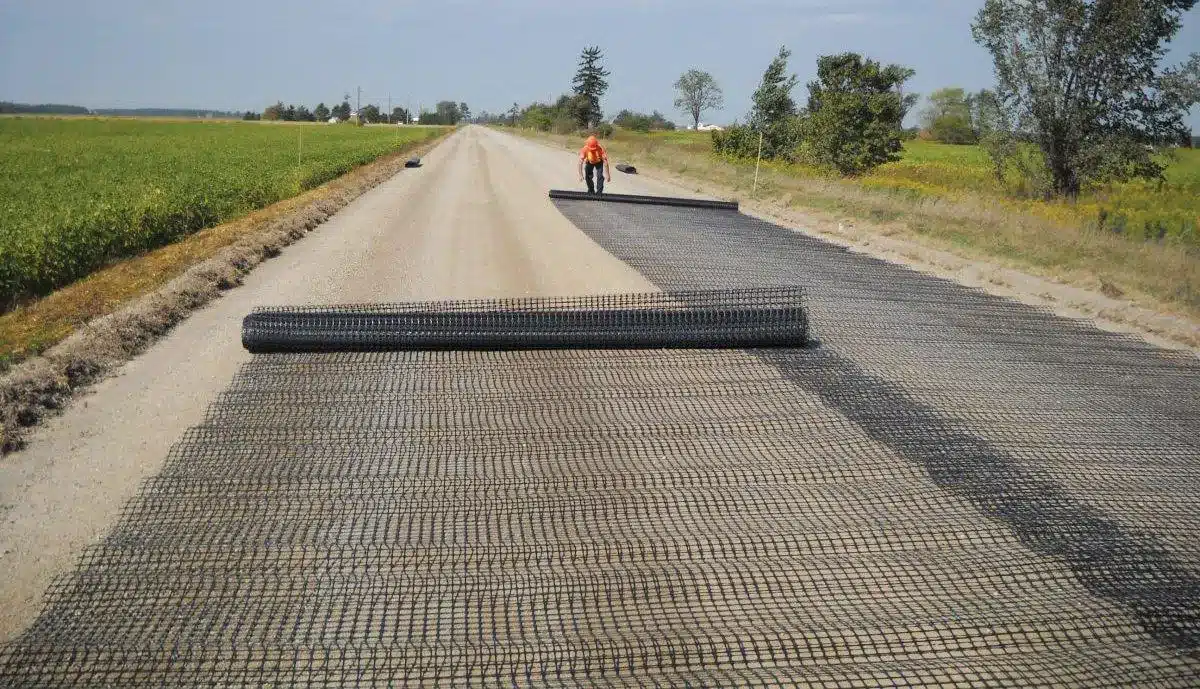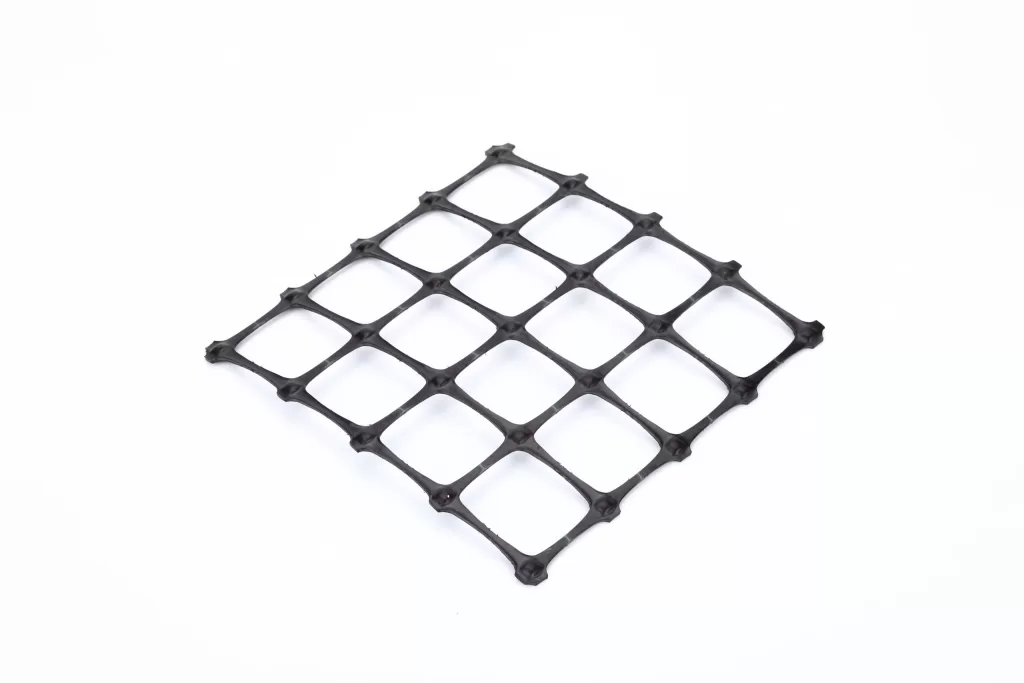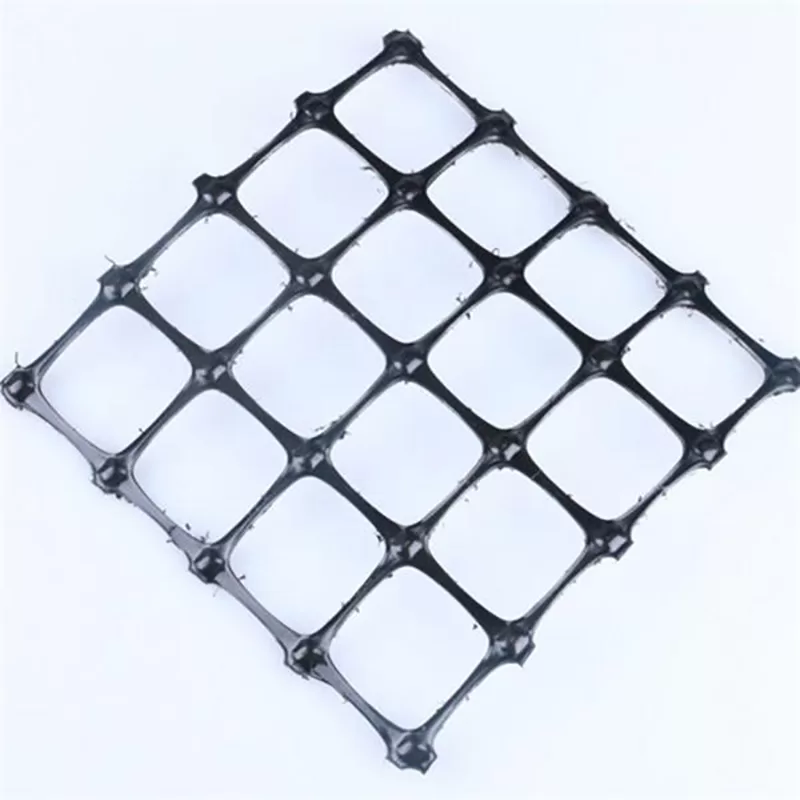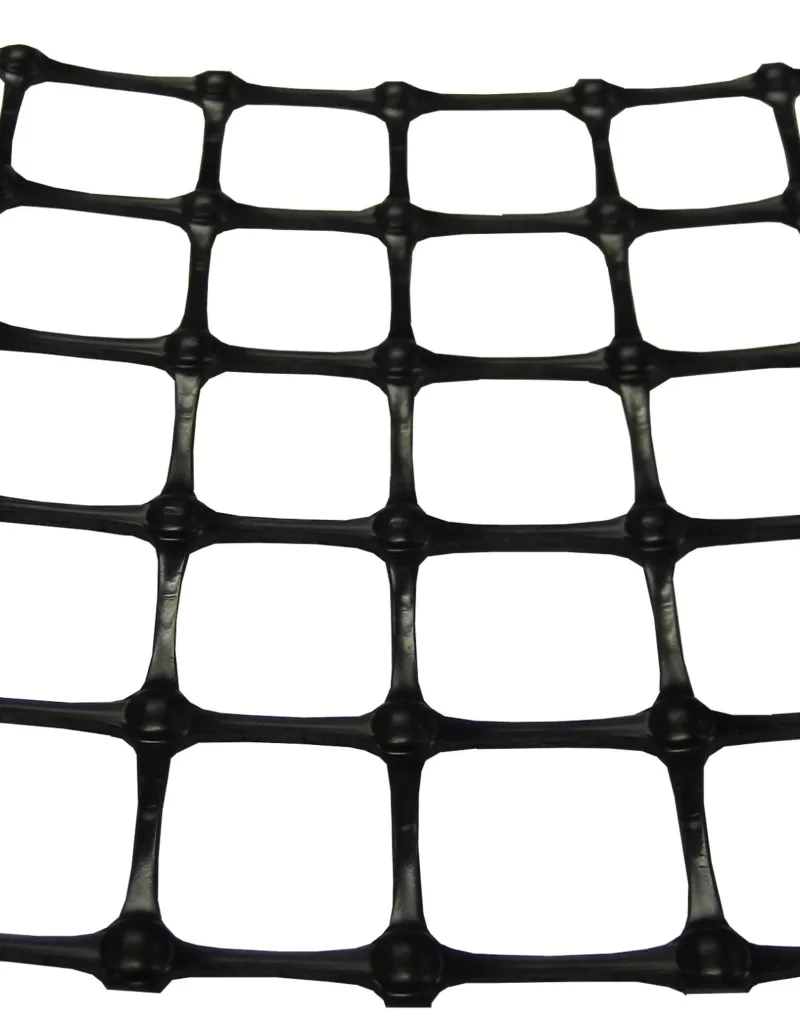+86-159 9860 6917
info@geofantex.com
geofantex@gmail.com
+86-400-8266163-44899
Soil stabilization is an essential aspect of many construction and civil engineering projects, especially when it comes to managing soil movement on slopes, roads, or foundations. One of the most effective tools for achieving stable soil conditions is the geogrid —a geosynthetic material designed to reinforce soil structures. In this article, we’ll explore the role of geogrid in soil stabilization, discuss its applications, and understand how it works to create safer, more durable infrastructure.
What is Geogrid Soil Stabilization?
Geogrid soil stabilization refers to the use of geogrid materials to reinforce and stabilize soil in construction projects. Geogrids, which have apertures (openings) that allow granular materials to interlock, are grid-like structures made from materials such as polypropylene or polyester. These apertures help improve tensile strength and enhance the load-bearing capacity of the soil. When placed within layers of soil or aggregate, geogrids assist in distributing loads, reducing settlement, and boosting overall stability. This makes them particularly valuable in situations where soils are prone to shifting or erosion, such as on roads, embankments, and retaining walls.

What is Slope Stabilization with Geogrid?
Slope stabilization with geogrid involves using the geogrid material to strengthen and support soil on sloped surfaces. Incorporating Tensar reinforcing geogrids laid horizontally back from the slope face in layers provide additional tensile reinforcement, preventing erosion and soil movement. In slope stabilization, the geogrid works by creating a flexible but strong network that interlocks with the soil, reducing the risk of landslides or slope failure. This technique is frequently employed in road construction, hillside developments, and landscaping projects to ensure long-term stability.
When Should Geogrid Be Used?
Geogrid should be used in any project where soil stability is a concern, especially for walls taller than three to four feet. Common applications include roadways, retaining walls, embankments, and steep slopes where natural soil conditions are insufficient to support loads or resist erosion. Geogrid is particularly useful in projects that involve soft soils, as it improves the soil’s strength without the need for extensive excavation or replacement of materials. It is also used in foundation reinforcement to reduce settlement and in erosion control measures to stabilize the surface of the soil.
How Does Geogrid Work?
Geogrid works by providing tensile strength to the soil, effectively locking it into place and improving its load-bearing capabilities. Geogrids have openings, called apertures, which allow the aggregate to strike through and provide confinement and interlock. This open-grid structure enables soil particles to interlock within the grid’s apertures, creating a composite material that is stronger than soil alone. By distributing the forces and loads across a wider area, geogrid prevents localized soil deformation and helps maintain the integrity of structures built on or near the stabilized soil. Additionally, geogrids are often combined with other geosynthetics to further enhance drainage and erosion resistance.
Geogrid is a powerful tool in soil stabilization, offering effective solutions for strengthening weak soils, stabilizing slopes, and preventing erosion. Whether used in road construction, retaining walls, or slope reinforcement, geogrids improve the long-term durability of infrastructures while reducing maintenance needs by understanding how geogrid works and when to use it, engineers and contractors can ensure safer, more resilient structures even in challenging soil conditions.



Get Free Sample
We’ll respond as soon as possible(within 12 hours)





















